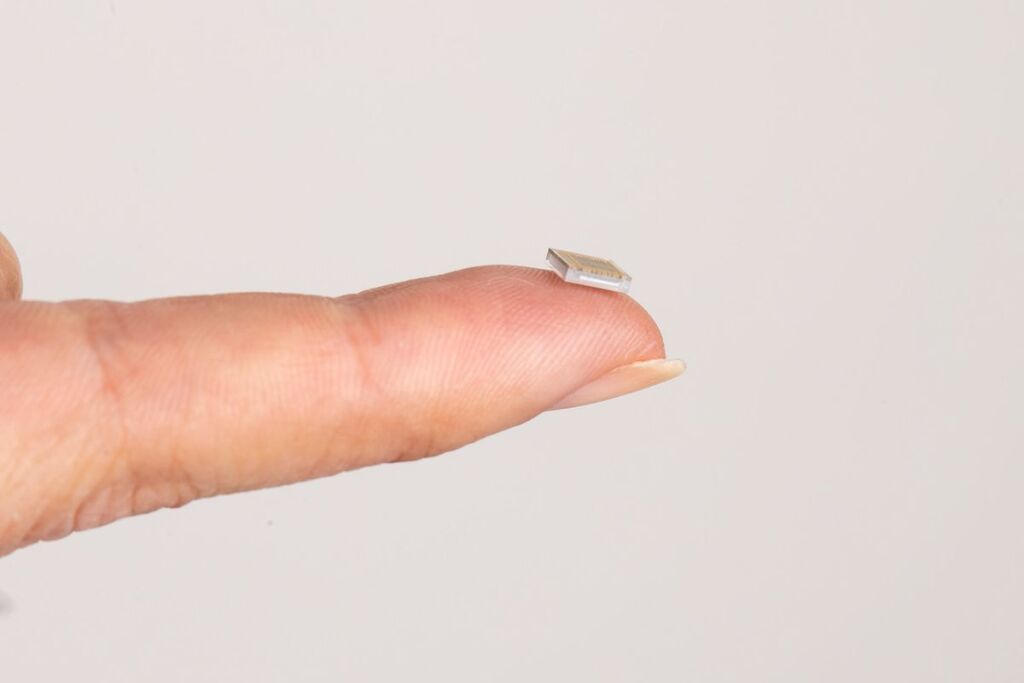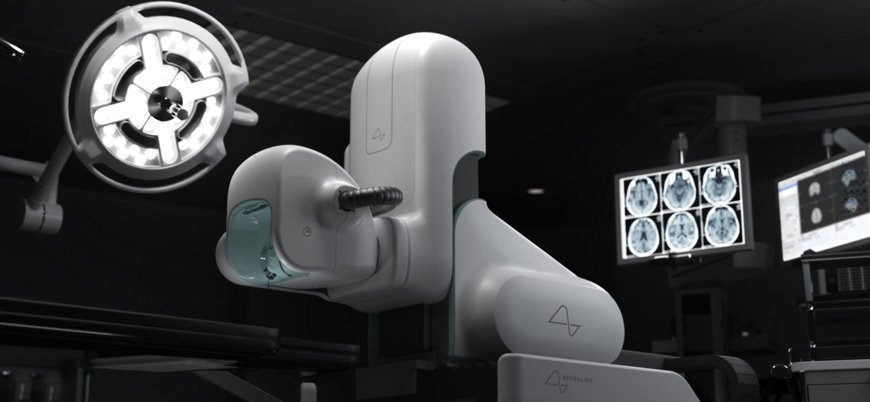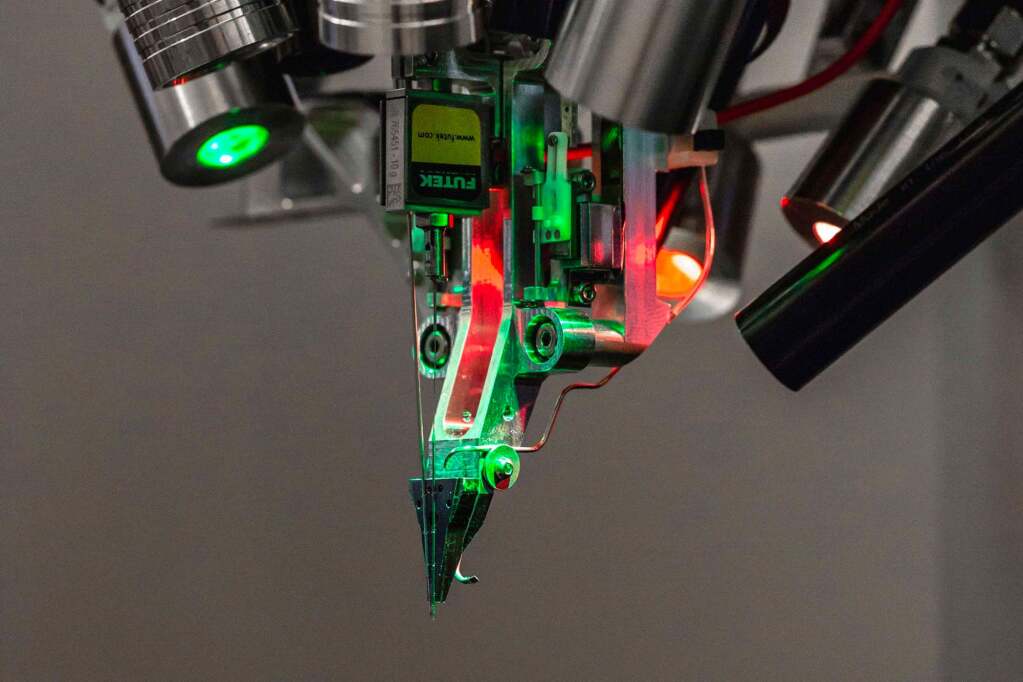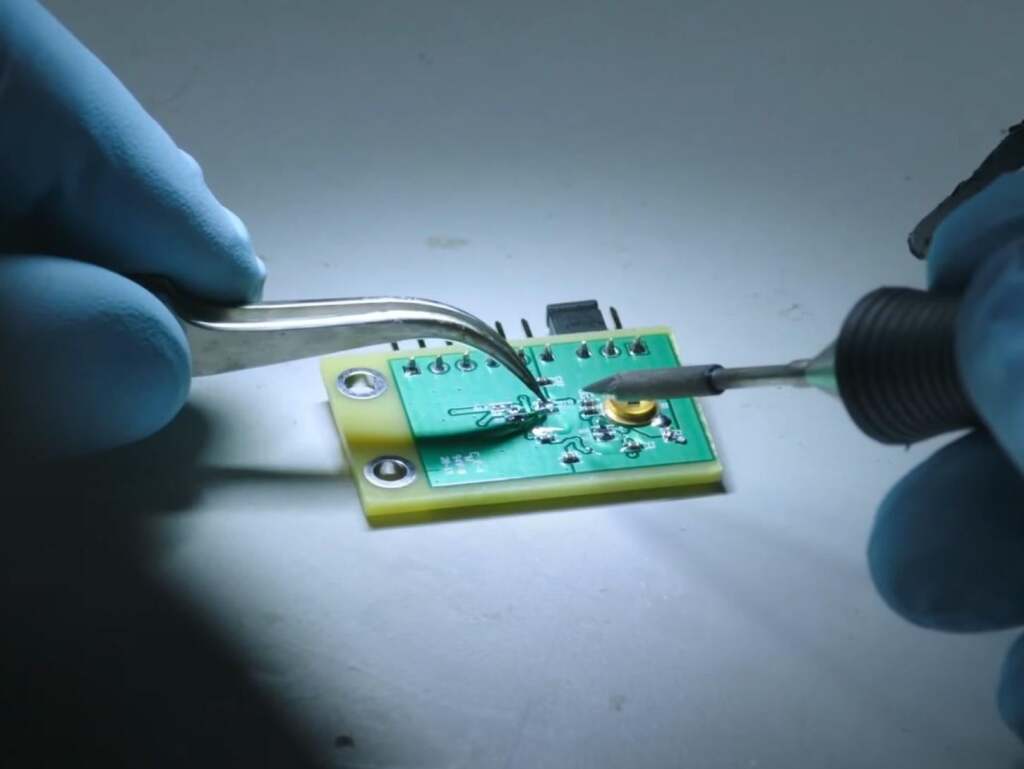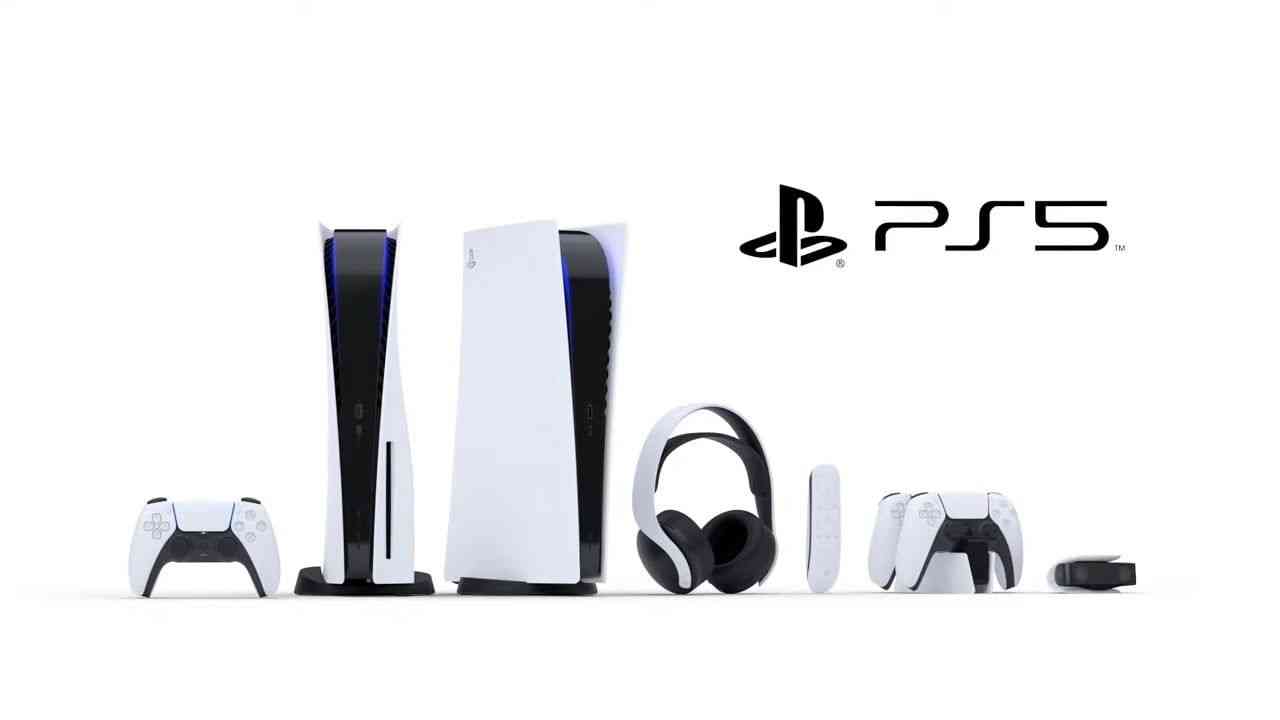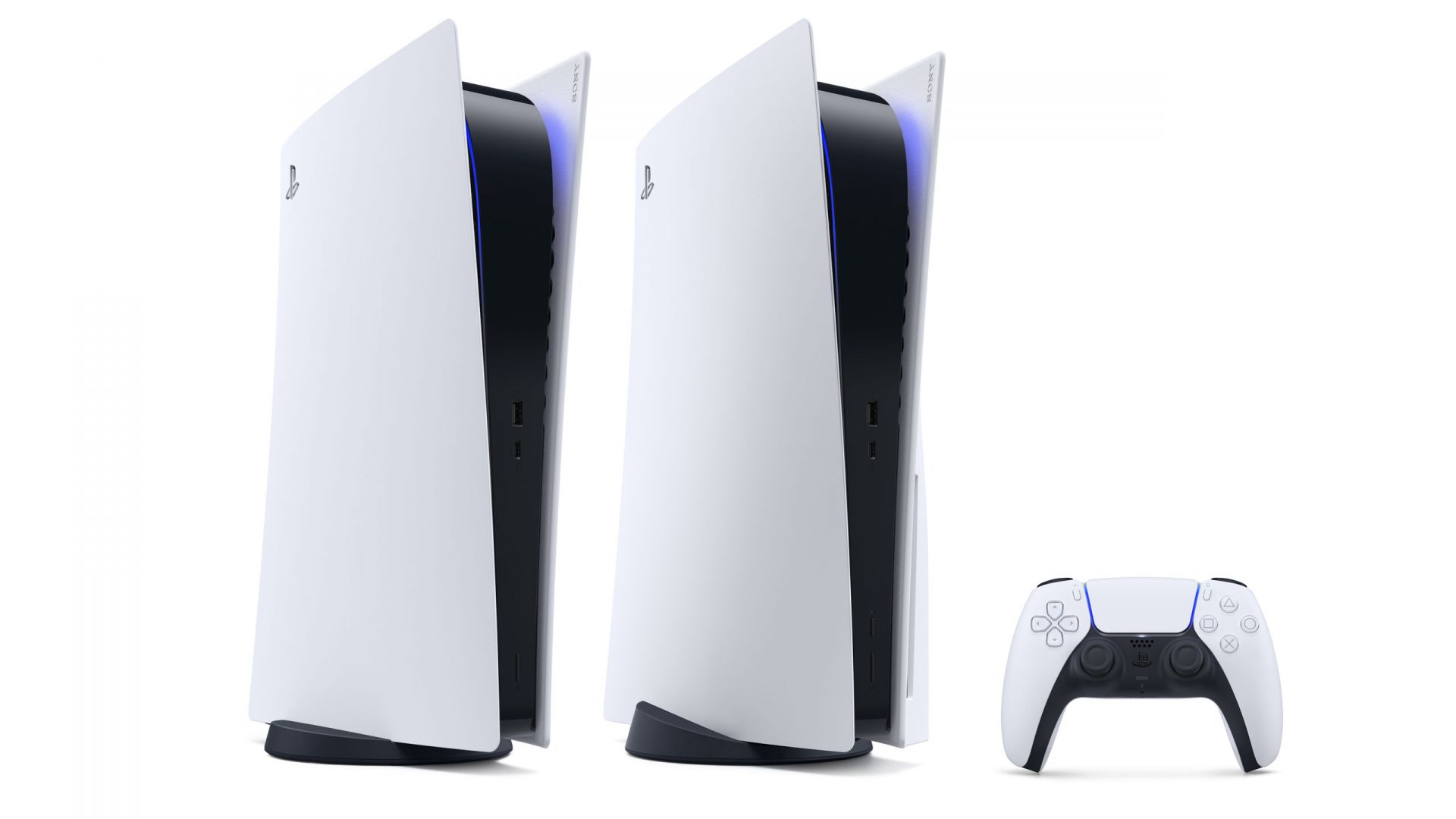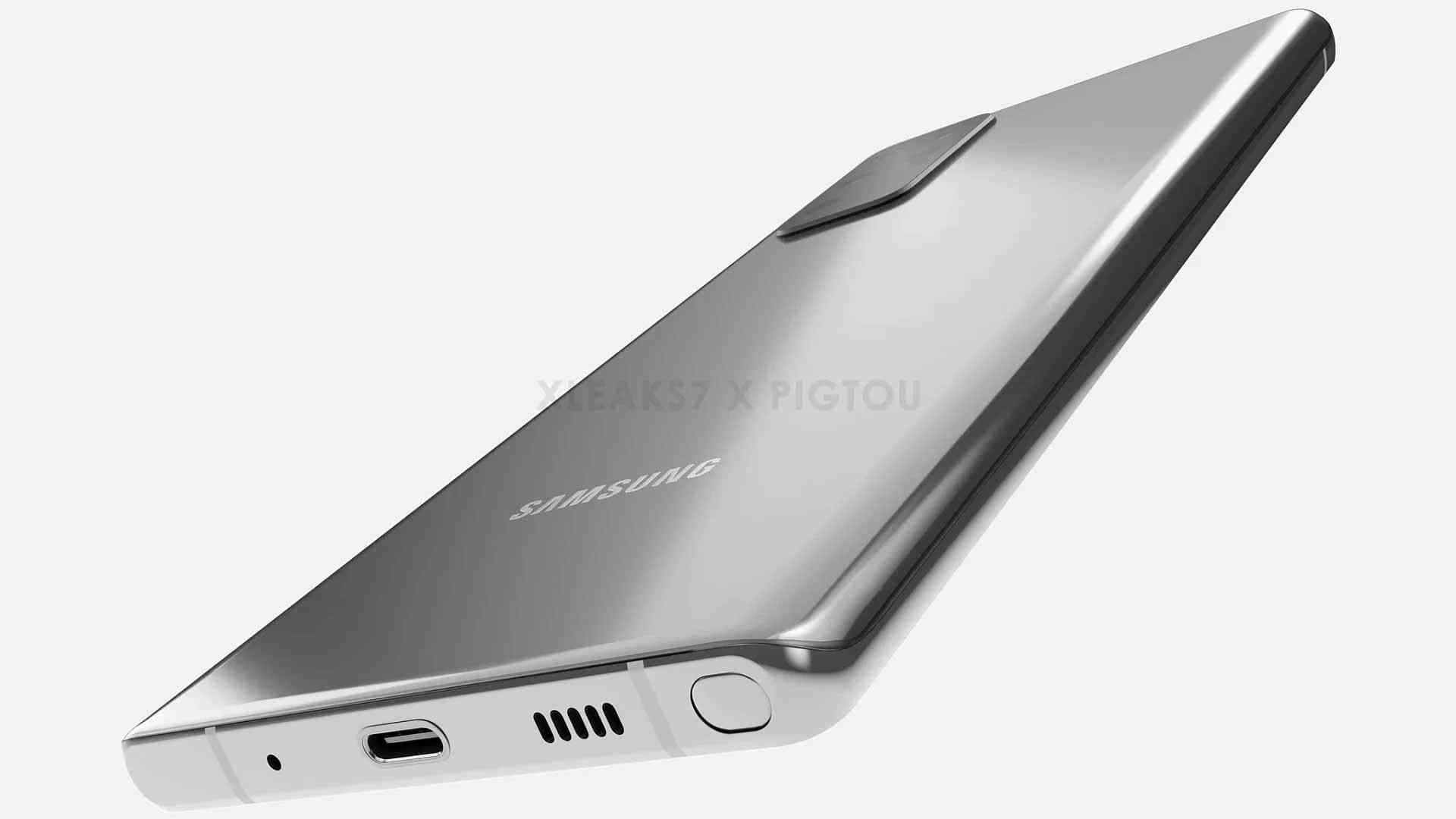Neuralink: Is it the Beginning of a New Age for Humanity?
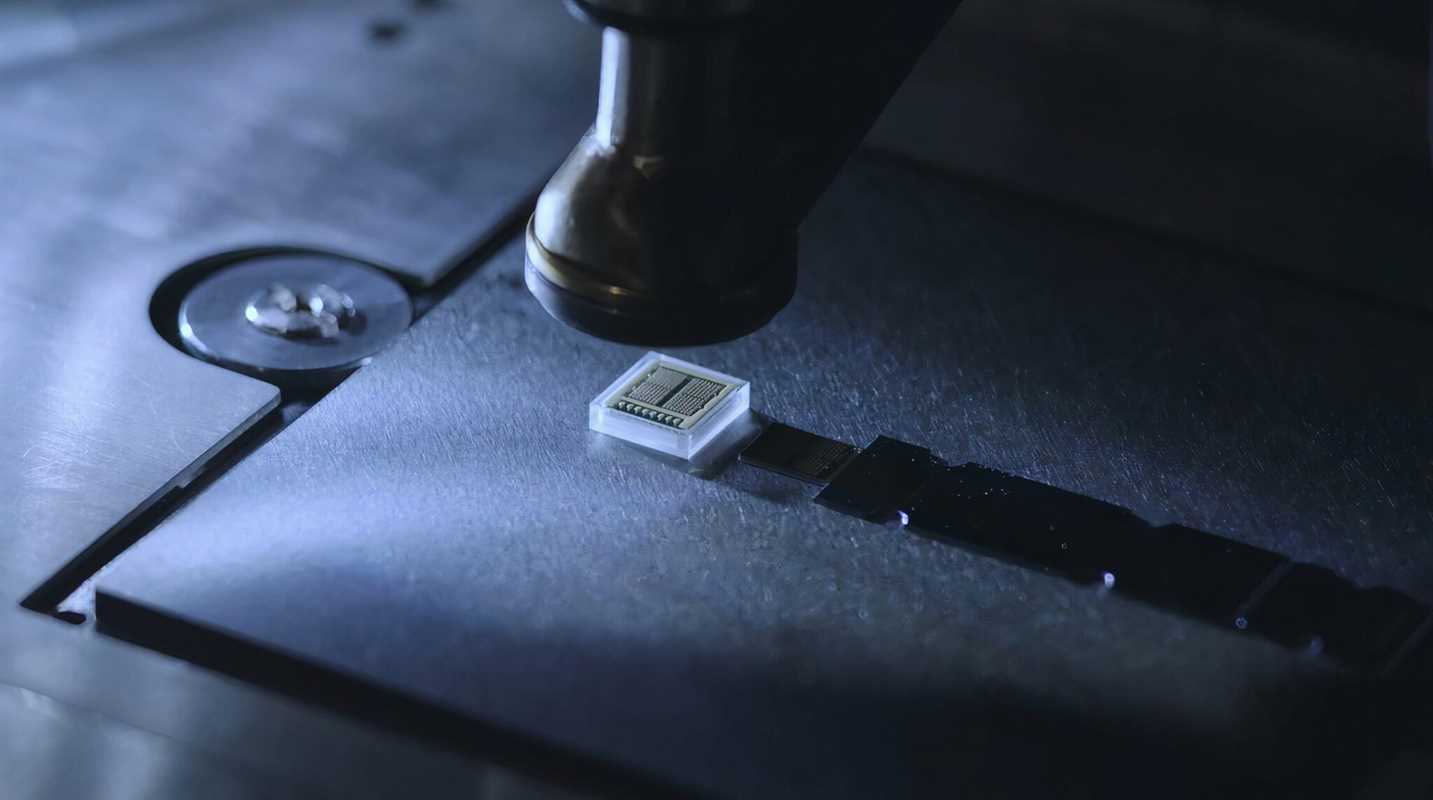
What is Elon Musk’s new project called Neuralink? In this article, we take a look at the Neuralink project, which is claimed to change the destiny of humanity.
Last Night, Elon Musk showed us the Neuralink technology with a live broadcast event. So what is Neuralink?
Neuralink? What even is it?
Neuralink is a device to first be used to assist paraplegic patients with simple tasks such as using a smartphone and mouse click on the computer without physical movement. To be clear, the human trials haven’t started yet; Elon Musk and his team remain optimistic about starting at the end of 2020 but considering that, taking approval in this short timeline is not easy. Because getting FDA Approval is a hard task. By testing the neuralink on rodents, pigs and a monkey, the results must be satisfying.
The purpose of Neuralink in the Brain
Neuralink also involves surgically placing certain components on the surface of your brain. However, such brain implants are not new. Researching, testing, and using Implants since the 1970’s the brain implants never seen such an improvement. After all, our brains are still a big mystery, and we’ve just begun to unravel the genetic origin of our intelligence.
Ideally, we want to keep the mystery of this mysterious room. And I’m sure Elon Musk (and his team) would too. After all, nobody wants to have a surgical intervention to their brain out of nowhere. However, at this point, it is not possible to achieve the goal without surgical intervention. They realized this after running a series of tests using electrodes, devices used to detect electric fields. Electric fields occur in the brain when nerves send messages to each other. So Neuralink uses electrodes to detect when the nerves are sending messages to each other.
The Electrodes
One of the electrodes (let’s call this Electrode 1) is placed just above the neuron. Because it is directly on the neuron, it can detect any electric field generated as a result of neuron motility. They then placed another electrode (we’ll call it Electrode 2) to see if it could still detect an electric field caused by neuron motions. Then they started to move away from Electrode 1 to see how far the electrode could detect the signal at most. As Electrode 2 moved away, they continued to follow the signals from Electrode 1. When the distance between the two electrodes was 60 nanometers, the second electrode couldn’t capture the signal that electrode 1 captured. This showed that for an electrode to be able to capture a neuron’s signal, it had to be at most 60 nanometers away from the neuron. Since the distance was very small, the electrodes had to be surgically placed inside the skull.
The electrodes will be placed under the skull with a small receiver. At this point, it is worth noting the following: Remove your index finger and try to imagine that the chip is on the tip of your finger. You will now realize how small it is. It is even smaller than the AirPods we currently have in our ears. The size of the enclosure where this chip will be placed will be 8mm in diameter and 4mm in height.
The Surgical Robot
On the outside of the chip, there will be small and thin electrodes sticking out of the housing, resembling microscopic threads. When we say tiny, we are talking about a diameter of about 6 nanometers. Imagine the diameter of your hair for comparison, the diameter of a human hair is about 0.3mm. So small that something as big as a human hand cannot put these thin threads in the brain. So Neuralink designed a type of robotic surgeon to insert these delicate threads into the brain.
This surgical robot is capable of making the precise movements needed to place the threads in your brain. It sounds like a simple task, but given the small scale of the work to be done and the materials used, it becomes as complex as landing a Falcon 9 rocket safely back to Earth.
This is because there are many different factors to consider. For example your breathing and heartbeat. Both are involuntary. Of course, a person who is not fully sedated can try to hold their breath during the one-hour procedure and breathe through machines. But will a Heartbeat ever stop? As you know, the short answer is no.
You may wonder whether poking the human brain will cause a major headache from the pain. The answer is no. First of all, the brain doesn’t have any pain receptors, so you won’t feel anything. Second, the electrodes are very thin. If the hair analogy isn’t straightforward enough, think of it like this. These electrodes are even thinner than the mosquito hose (the long needle that comes out when it wants to suck your blood), the Labium, which is the inside of its mouth. The threads that the robot is gonna use is 40 nanometers in diameter Have you ever felt pain when a mosquito bit you?
The surgical robot for Neuralink determines the correct areas for placing each electrode while also considering other variables. In this way, the possibility of hitting any blood vessel minimizes. Which is not good for the brain. In the image above, the top two image fragments show the movement of a brain simulated with variables such as heartbeat and breathing, while the bottom left shows what the robot sees after taking these variables into account. It looks like a motionless brain in appearance.
The part outside the Brain
Having a bionic superbrain chip robotically implanted in your head is something many of us consider as a once in a lifetime experience. Musk and his team want to keep it that way. Software updates are troublesome and always happen when we don’t want them. The idea of having to pay a visit to the local neurosurgeon every time the software tries to make an update overshadows the appeal that having a superbrain can bring. That’s why a large piece of Neuralink will be placed behind your ear and not inside the skull, as a wearable device. This wearable device, called Link, contains the necessary software as well as the battery. That way, when you have a low battery percentage, simply remove the device to charge it. The software update similarly takes place.
Yeah, but what actually does Neuralink want to do?
Simple, to be a computer in everybody’s brain. A computer that we do not have to carry and cannot be detected during use. Elon Musk probably likes the idea of helping paraplegic patients, but he’s thinking of taking it even further with future AI technologies. And he believes Neuralink will bring this success.
In the future, Musk sees Neuralink’s brain chip as elective surgery. This means that people will want it, not need it. It may become more common than plastic surgery worldwide. Of course, these are Elon Musk’s thoughts. Time will tell what will happen.
What Could Neuralink Be?
From a capitalist point of view, it could become a company bigger than Apple or any other current tech giants. Why would you need an iPhone or an Apple Watch with everything in your mind? Neuralink’s success will change the trajectory and direction of future innovation. While imagining another future with Neuralink, what once seemed quite innovative and still unattainable. For example, Smart Watches now looks a bit outdated.
However, Neuralink can go far beyond what Smart Watches will bring. For example, telepathy is not that exaggerated anymore. Transmitting signals receiving by electrodes are wirelessly transporting to electronic devices. The link headset itself is an electronic device. Transferring messages from one Link device to another is similar to sending images over the air (~ AirDrop) between iPhones. Let’s add some quantum entanglement to the formula, and maybe we can even make telepathic calls to the Aliens outside earth. At this point, Neuralink’s technology would probably not be able to generate exact sentences detected from tiny electrical pulses in your neurons but could be trained to translate certain pulsation patterns, perhaps into images rather than sentences. Or for a single word. This type of feature will improve over time. After all, artificial intelligence and machine learning are always developing and growing technologies.
What can be the pros and cons of it?
Neuralink will also increase communication speed. While typing, the speed will depend on our fingers. While using our phone, how fast our thumb can touch is also a limiting factor. Even while speaking, we can only speak at a certain speed before we bend the tongue. However, a mind’s thoughts are momentary. Neuralink can finally catch these momentary thoughts and transmit them into communication faster than words can get out of my mouth.
However, more troublesome use is that it can also replace some drugs. You will no longer need to drink coffee or smoke to see its effects. These businesses can even go to industrial cemeteries because of Neuralink. Maybe these companies start producing paid apps for Neuralink, imagine you can access McDonald’s from anywhere…
Future Concerns
Speaking of concerns, this one has a long list too. Ransomware, one of the viruses that lock your computer’s files and deletes them one by one until you pay a ransom (usually in Bitcoin), is a serious threat to computer networks today. Now imagine that it becomes a threat in your brain as well. Hacking, software bugs, and hardware flaws can be a threat to your daily life. If this happens for our brain, then we will be in big trouble…
In the more distant future, another concern is that Neuralink may gain the ability to send its signals, rather than just reading neuron signals. This may mean that humanity will disappear completely and we face serious social problems. It can essentially work for your neurons. However, the brain is very sensitive in this regard. Chemicals change throughout life in response to different stimuli, including chemicals and how neurons communicate with each other. Adding Neuralink to the equation can even change the development of our brains.
Conclusion
Neuralink is an undeniably innovative project. The tendency to focus on the technology of the future, rather than the limitations of today’s technology, leads others to see the powerful potential of this technology or such technologies. Humanity has no limits when we talk about technology. We cannot even guess what we will be seeing tomorrow. How many of us would believe that we would use phones that can eventually fold? Or wearing a smartwatch that tells us how well we slept? Let’s see what the future will show us. Until then don’t forget to stay home and safe!
If you like our article, you can also check our great article about new discoveries about black holes. Stay tuned, enjoy.

